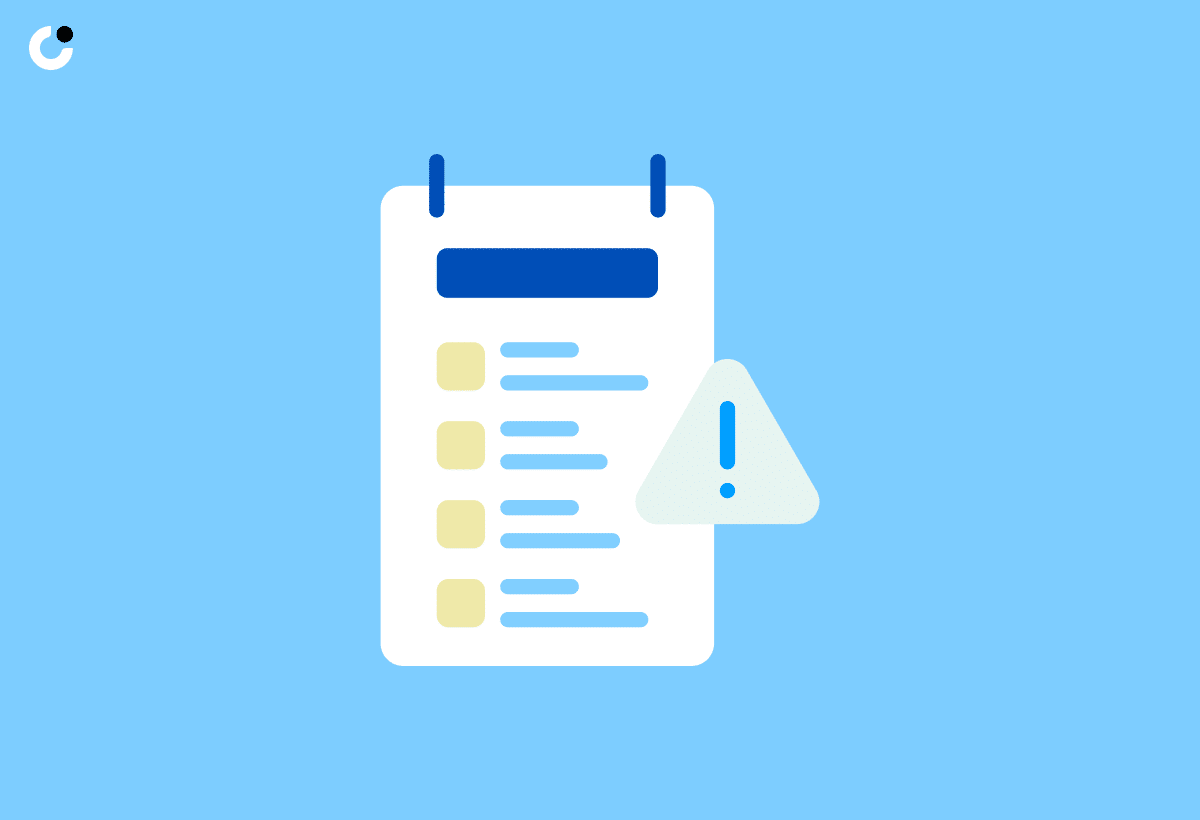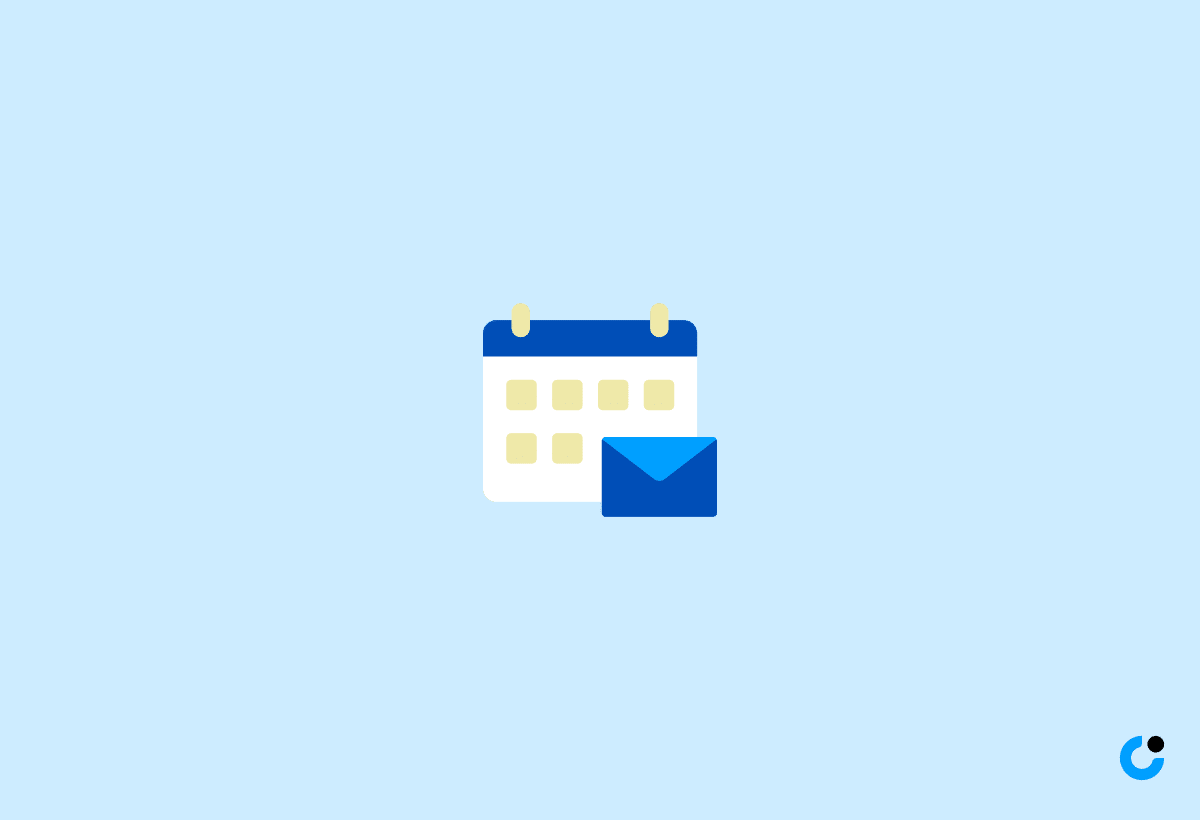In today’s fast-paced real estate market, agents need every tool at their disposal to generate leads and build relationships with potential clients. Cold emails have emerged as a powerful, cost-effective strategy that can yield impressive returns when done right. But how can you craft the perfect real estate cold email template that gets opened, read, and acted upon? In this blog post, we’ll uncover the secrets to creating impactful cold emails, explore templates for various scenarios, and share tips for maximizing success while staying within legal boundaries.
Key Takeaways
- Cold emails are a powerful tool for real estate agents to generate leads and build relationships.
- Successful cold email templates should include personalization, captivating subject lines, succinct messaging, value propositions and calls to action.
- Integrating cold emails into an overall marketing strategy can create a comprehensive approach while adhering to legal considerations is essential for maintaining reputation and respecting recipients’ privacy.
The Power of Cold Emails in Real Estate

Real estate agents seeking to expand their real estate businesses find cold emails to be an indispensable tool. The impressive return on investment of 38 to one for client’s cold emails evidences their effectiveness in lead generation and relationship building. Nonetheless, to unleash the full potential of cold emails, it’s imperative for real estate professionals to deliver valuable content to subscribers and motivate them to arrange a personal meeting with the agent to discuss the home buying or selling process.
Even though cold calling retains its role in the real estate industry, cold emails present a more focused and efficient method for engaging potential clients. Agents can optimize their success rate in turning cold leads into prospective clients by using meticulously designed real estate email templates and sticking to best practices. Next, we will examine the crucial components of a successful cold email template and present examples applicable to a range of real estate situations.
Essential Components of an Effective Cold Email Template

Six core components should be included when honing a cold email that seizes recipients’ attention and instigates them to act:
- Personalization
- A captivating subject line
- Succinct messaging
- A value proposition
- A call to action
- A signature.
Next, we will delve into each of these elements, detailing their application in crafting impactful real estate cold emails.
Personalization

Personalization is the secret sauce that can make or break a cold email campaign. Customizing your emails to each recipient signals your thorough preparation and sincere interest in assisting them with their real estate requirements. Including personal information relevant to the prospect’s desired property, area, or goals can make your email more engaging and increase the likelihood of a response.
An example of personalization in cold emails is addressing the recipient by their name and referencing a mutual connection or prior interaction. Rendering your email more relatable and pertinent enhances the likelihood of the recipient engaging with your message, thereby elevating the success of your cold email campaign.
Subject Lines

The subject line, being the first element of your email that the recipient sees, significantly influences whether your email is opened or not. In fact, personalizing subject lines can result in up to a 50% increase in open rates. Creating an effective subject line necessitates making it captivating, brief, and pertinent to the email content.
Keep your subject line under 50 characters to ensure it’s easily readable on various devices and email clients. Including the recipient’s name in the subject line can further boost engagement and increase clickthrough rates. Formulating a compelling subject line that tempts recipients to open your email paves the way for a successful cold email campaign.
Concise Messaging

In the world of cold emailing, less is often more. Keeping your message brief and to the point increases the likelihood that the recipient will read your entire email and take the desired action. Striking a balance between delivering sufficient information to spark the recipient’s curiosity and not bombarding them with an excess of content is paramount.
To achieve concise messaging in your cold emails, focus on the most critical points that you want the recipient to take away from your email. Use clear, straightforward language, and avoid jargon or overly complex terms. Maintaining a brief and digestible message augments the possibility of the recipient interacting with your email and progressing in the home buying or selling journey.
Calls to Action

An adeptly crafted call to action (CTA) guides the recipient towards the desired outcome, be it scheduling a call or viewing a property. Including a clear and compelling CTA in your cold email makes it easy for recipients to understand what you want them to do and increases the likelihood that they’ll take action.
To create an effective CTA, follow these steps:
- Be specific about what you want the recipient to do.
- Provide a clear path for them to follow. For example, if you want the recipient to schedule a call, provide a link to your calendar booking tool.
- Simplify the process for recipients to perform the desired action.
By following these steps, you can amplify the likelihood of a triumphant cold email campaign and generate leads.
Five Real Estate Cold Email Templates for Various Scenarios

Having examined the fundamental components of a successful cold email template, let’s delve into five real estate cold email templates suited to diverse scenarios. These templates can serve as a starting point for your own cold emails, helping you:
- Connect with new prospects
- Reengage with expired listings
- Assist FSBO sellers
- Follow up with potential buyers
- Request referrals from satisfied clients
New Prospect Outreach

A new prospect outreach email template is designed to introduce yourself to potential clients and offer valuable insights or services that can help them in their home buying or selling journey. Begin by personalizing the email with the recipient’s name and any relevant information about their property or area of interest.
In the email body, showcase your expertise and provide examples of how you’ve helped other clients achieve their real estate goals. Include a call to action that encourages the recipient to schedule a call or meeting with you to discuss their needs further.
Providing valuable assistance and exhibiting your expertise enhances the probability of the recipient expressing interest in partnering with you as their real estate agent.
Expired Listing

An expired listing email template aims to offer assistance and showcase your expertise in selling properties that have previously been on the market without success. Begin by acknowledging the frustration the seller may be feeling and express your understanding of their situation. Next, highlight your track record of successfully selling homes, including any specific examples of properties that were similar to the recipient’s.
In your call to action, invite the recipient to schedule a no-obligation consultation to discuss the potential strategies for re-listing and selling their property. Exhibiting empathy and highlighting your expertise bolsters the possibility that the recipient will be receptive to collaborating with you to sell their expired listing.
For Sale By Owner (FSBO)

A For Sale By Owner (FSBO) email template is designed to highlight the benefits of working with a real estate agent and offer market data that can help the seller make an informed decision. Begin by acknowledging the seller’s decision to list their property without an agent and express your understanding of their desire to save money on commission fees.
Next, provide compelling market data that demonstrates how properties listed with an agent tend to sell faster and for a higher price than FSBO listings.
Discover the advantages of working with a real estate professional by scheduling a call or meeting with me. We’ll discuss how my expertise can benefit your home selling process and home buying process, including finding the perfect property address for your new home.
Offering valuable market insights and highlighting the prospective advantages of agent representation enhances the likelihood that the recipient might contemplate partnering with you to sell their FSBO property.
Buyer Follow-Up

A buyer follow-up email template is designed to maintain communication with potential buyers and better understand their needs. In this email, personalize your message by addressing the recipient by their name and referencing any previous interactions or property showings. Ask specific questions about their home search and preferences to gain a better understanding of their needs and how you can assist them in finding their dream home.
In your call to action, encourage the recipient to schedule a call or meeting with you to discuss their home search in more detail and provide their contact details. Keeping in touch with potential buyers and showing genuine interest in their needs boosts the chances that they will persist in working with you to locate their ideal property and attract buyers.
Referral Request

A referral request email template is designed to ask satisfied clients to refer you to their friends and family who may be in need of a real estate agent. In this email, personalize your message by addressing the recipient by their name and referencing the successful outcome of their recent real estate transaction. Express your gratitude for their business and let them know that you enjoyed working with them.
In your call to action, ask the recipient to consider referring you to their friends and family who may be in need of a real estate agent. Provide a clear and easy way for them to share your contact information or even include a brief testimonial that they can forward to their contacts. Requesting referrals from content clients enhances the likelihood of acquiring new leads via word-of-mouth marketing.
Tips for Maximizing Cold Email Success

Beyond honing the perfect cold email template, there exist further strategies to enhance the success of your cold email campaigns. Next, we will investigate three key tips to augment the effectiveness of your cold emails, encompassing setting up a sending schedule, performing A/B testing, and dodging spam triggers.
Sending Schedule

The timing of your cold emails can have a significant impact on their success. Research shows that open rates for real estate cold emails are generally higher on weekdays, particularly Tuesdays, Wednesdays, and Thursdays, compared to weekends. Considering the recipient’s time zone when scheduling your emails is vital to optimize your open and response rates. Aim to send your cold emails between 8:00 a.m. and 12:00 p.m. in the recipient’s time zone on Tuesdays, Wednesdays, or Thursdays to ensure they’re received during working hours and have the best chance of being opened and acted upon.
It’s also important to strike a balance between sending too many emails and not sending enough. Overwhelming your recipients with frequent messages can lead to unsubscribes and low engagement rates, while sending too few emails may cause your leads to forget about you and your services. Experiment with different sending frequencies to find the sweet spot that keeps your recipients engaged without overwhelming them.
A/B Testing

A/B testing, alternatively termed split-testing, constitutes a useful instrument for refining your cold email campaigns. By testing different subject lines, email copy, and calls to action, you can determine which elements perform best and continuously refine your emails to improve their effectiveness. For example, you might test two different subject lines to see which one results in a higher open rate, or experiment with different calls to action to determine which one yields more responses.
In addition to testing individual email elements, you can also use A/B testing to refine your overall cold email strategy. By analyzing the performance of various email campaigns and incorporating the insights gained from A/B testing, you can continuously improve your cold emails and maximize their impact on your real estate business.
Avoiding Spam Triggers

A significant challenge in cold emailing is making sure your emails make it to the recipient’s inbox instead of their spam folder. Spam triggers are words or phrases that spam filters recognize as potential risks, causing the email to be labeled as spam and possibly sent to the recipient’s spam folder. To maximize deliverability, it’s crucial to avoid using spam trigger words and phrases in your cold emails.
In addition to steering clear of spam triggers in your email content, it’s also important to:
- Authenticate your email address
- Maintain a positive sender reputation
- Use reputable email service providers
- Follow best practices for email deliverability, such as maintaining a clean email list and respecting unsubscribe requests
These steps can help ensure that your cold emails land in the recipient’s inbox and have the best chance of being opened and acted upon.
Integrating Cold Emails into Your Real Estate Marketing Strategy

Cold emails are a powerful tool for real estate professionals, but they shouldn’t be used in isolation. By integrating cold emails into your overall real estate marketing strategy, you can create a comprehensive approach to lead generation and client engagement. This integration allows you to:
- Reach potential clients through multiple channels and touchpoints
- Increase the chances of converting leads into clients
- Nurture long-lasting relationships
In addition to cold emails, consider incorporating other marketing tactics, such as social media advertising, content marketing, and search engine optimization (SEO), to create a well-rounded marketing strategy that reaches and engages your target audience. By leveraging the power of multiple marketing channels and tactics, you can maximize your real estate business’s growth and long-term success.
Legal Considerations for Cold Emailing in Real Estate

Awareness of legal considerations and compliance with all pertinent laws and regulations is paramount when sending cold emails in real estate. One key law to be aware of is the CAN-SPAM Act, which outlines rules for commercial emails and requires senders to:
- Provide an opt-out option
- Include accurate header information
- Clearly identify the email as an advertisement
- Include a valid physical address
- Honor opt-out requests promptly
By following these guidelines, you can ensure that your cold emails are compliant with the law and maintain a positive reputation in the real estate industry.
In addition to complying with the CAN-SPAM Act, it’s also essential to respect your recipients’ privacy and be mindful of any local laws or regulations governing cold emailing in your specific region. By following best practices and legal guidelines for cold emailing, you can ensure that your email campaigns remain within legal boundaries and protect your reputation as a real estate professional.
Summary
Cold emails have the potential to be a game-changer for real estate agents looking to generate leads and build relationships with potential clients. By crafting compelling cold emails that incorporate personalization, attention-grabbing subject lines, concise messaging, and clear calls to action, you can increase the chances of your emails being opened, read, and acted upon.
To maximize the success of your cold email campaigns, be sure to integrate them into your overall real estate marketing strategy, follow best practices for email deliverability, and adhere to all legal considerations. By doing so, you can unlock the full potential of cold emails and propel your real estate business to new heights.
Frequently Asked Questions
How do you cold email real estate?
When cold emailing a real estate contact, craft a compelling subject line, focus on the recipient's pain point and show how you can resolve it with a clear call-to-action. Make sure to maintain a professional tone and avoid being overly salesy.
Can realtors send cold emails?
Realtors can send cold emails, as long as they learn how to use them in an efficient and cost-effective way. Follow the most common advice for successful cold email campaigns to get them in front of prospective clients.
How do you come up with a real estate email?
When creating a real estate email, use a professional tone and include your name and brand name (e.g. [email protected]). Make sure to have a clear conclusion in the first sentence and avoid any introductory or summary statements.
What should my email be as a real estate agent?
A professional email address for a real estate agent should include your name and company name. For example, [email protected] could be an appropriate email address for John Smith from Perfect Housing.
Does cold emailing work in real estate?
Cold emailing can be an effective way to generate real estate leads when done correctly. Following the advice given in popular answers is a great way to ensure success.

